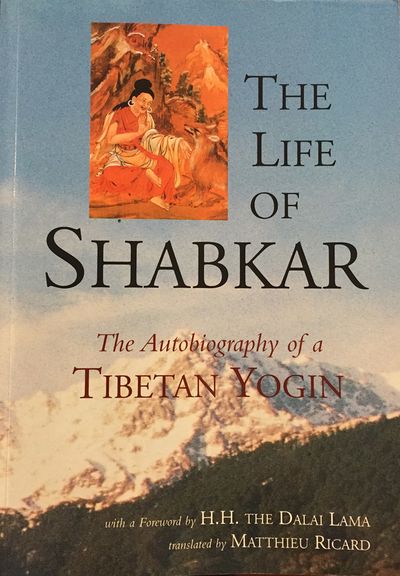|
|
| Line 31: |
Line 31: |
| * {{i|2 Shabkar's spiritual teachers|557}} | | * {{i|2 Shabkar's spiritual teachers|557}} |
| * {{i|3 Chôgyal Ngakyi Wangpo's ancestry|565}} | | * {{i|3 Chôgyal Ngakyi Wangpo's ancestry|565}} |
| * {{i|4 Kunzang Dechen Gyalpo and the Wish-fulfilling Gem, Hayagriva<br> and Varahi|569}} | | * {{i|4 Kunzang Dechen Gyalpo and the Wish-fulfilling Gem, Hayagriva<br> and Varahi|569}} |
| * {{i|5 Shabkar's writings|577}} | | * {{i|5 Shabkar's writings|577}} |
| * {{i|6 Shabkar's disciples|589}} | | * {{i|6 Shabkar's disciples|589}} |



